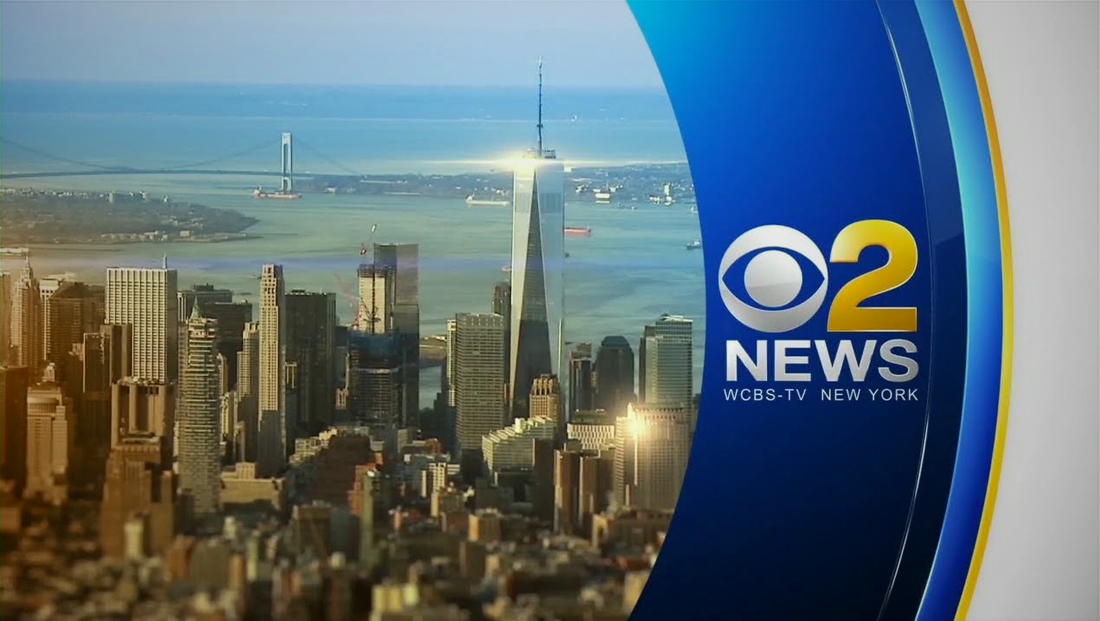CBS-owned stations getting 9 a.m. newscasts

Subscribe to NCS for the latest news, project case studies and product announcements in broadcast technology, creative design and engineering delivered to your inbox.
Most CBS-owned stations will add a half-hour 9 a.m. newscast in the fall of 2022.
The move comes as the company’s syndication arm CBS Media Ventures announced “The Drew Barrymore Show” will be renewed, but also revealed it will be produced in two half-hour blocks that can air either back-to-back on non-owned stations or as standalone editions on one or more outlets.
In markets where CBS has a duopoly, the second half-hour can air on that sister station.
It was not immediately clear which CBS owned stations will use this format.
This means that local news will now run from 4:30 to 7 a.m. local time on most stations before cutting away to “CBS Mornings.”
After “CBS Mornings” wraps up at 9 a.m., the stations following the new schedule will air another half hour of news, followed by the front half of “Drew.”
“We love the idea of creating a seamless flow of exquisite storytelling from the final hour of ‘CBS Mornings’ to a new half-hour of local news on our CBS Stations as we lead into the distinctive approach to the topics of the day and breath of fresh air that Drew Barrymore provides,” Wendy McMahon, president and co-head of CBS News and Stations, said in a statement.
“CBS Mornings” consistently underperforms other network morning shows, so the 9 a.m. local newscast isn’t likely to have a strong lead-in in most markets.
Prior to the turn of the century, the big three networks all aired national morning news programs from 7 to 9 a.m.
NBC took the opportunity to expand “Today” to three hours in 2000 and four hours in 2007 (“Megyn Kelly Today” displaced the third hour during its brief run), though the third and fourth hours are branded as separate shows with distinct opens and talent. This effectively reduced the amount of time local stations could set their own programming.
Maintaining control over portions of the schedule can be important to local stations because they get to keep more (or all) of the ad revenue generated during that time, whereas they only get a portion during network programming.
It’s a delicate balance, however, because network programming is often more ambitious and expansive and can be crucial to drawing viewers. A successful primetime lineup, for example, can give a local station a key advantage for its 10 or 11 p.m. newscast because viewers may be more inclined to stick around after their favorite shows.
CBS, however, has the distinction of offering the some of the most watched network programming even as some of its biggest stations, including WCBS in New York, KCBS in Los Angeles and WBBM in Chicago, often finish in third place in local news (in Chicago’s late night news race, WBBM’s 10 p.m. news typically gets beat by WGN’s 9 p.m. newscast, pushing it to fourth place) both across the board and after primetime ends.
Subscribe to NCS for the latest news, project case studies and product announcements in broadcast technology, creative design and engineering delivered to your inbox.




tags
CBS, CBS Mornings, The Drew Barrymore Show
categories
Broadcast Industry News, Featured, Local News